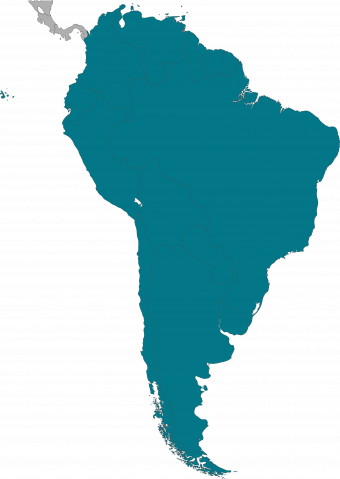South America
South America
Recent Activity
Recent Activity
Policy Briefs
January 2019
Enfrentados con la llegada de más de 3 millones de venezolanos huyendo de una economía colapsada y conflictos políticos, los países latinoamericanos han respondido con creatividad y pragmatismo. Pero, a medida que la crisis venezolana y la migración que ha impulsado se extienden, es necesario examinar más allá de la facilitación de la entrada legal y la otorgación del estatus temporal para planificar a largo plazo.














